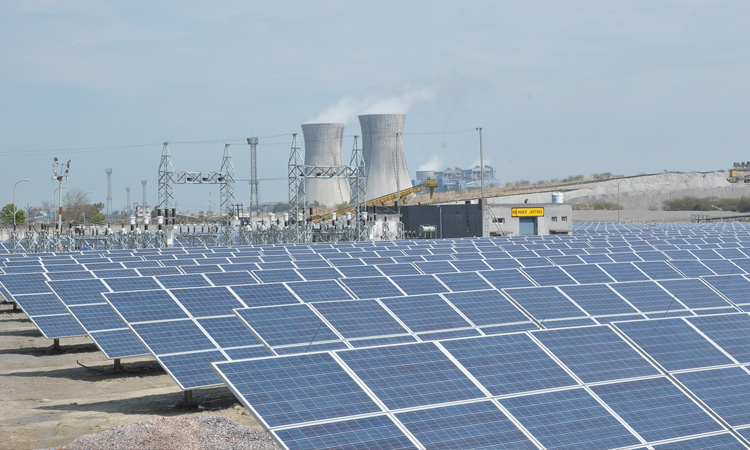India needs an investment of $15 trillion between 2022 and 2070 to achieve net zero by 2070. This translates into an annual spend of $300 billion with significantly higher outlay in the initial years, according to a report released by FICCI and Deloitte.
The report estimates India’s total energy demand will double to 1,200 Mtoe [million tonnes of oil equivalent] by 2070 from the 2020 level, considering aggressive energy efficiency and adoption of new technologies.
It adds the nation’s energy transition will hinge on grid decarbonization, industrial decarbonization, and transport transition. The power sector (with a 46% share) is the largest carbon emitter in India, followed by industries (30%) and transport sector (12–13%).
The report states grid decarbonization will require a significant increase in grid-scale RE (solar and wind) penetration in the current mix. To achieve net-zero and decarbonize grid operations, India would need 2,000 GW of grid-scale RE (wind + solar) and another 1,000 GW of RE for green hydrogen production.
That means India would need to add an average of 40-50 GW of [grid-scale] RE capacity every year for the next few decades, compared to a historical average of 15–20 GW annually. It is assumed that coal-based power will be phased out by 2060.
The report adds India may need to exploit the full technically feasible hydro potential (140 GW) and increase nuclear capacity, given the huge power demand. It may also need to import hydropower from Nepal and Bhutan to achieve net zero.
While short-duration energy storage (two- and four-hour battery storage systems, and pump storage projects) would be predominant in the initial years to balance out intermittency and variability imposed by renewables, subsequent years would require a significant amount of long-duration energy storage systems such as six-to-eight hours of battery storage, pump storage projects, and H2 storage (to be fired in gas turbines and used for seasonal storage solutions). Existing gas stations may be retrofitted with a hydrogen turbine that will act as long-duration seasonal hydrogen storage.
Within the industrial sector, steel, cement, aluminum, and fertilizer contribute 70% to the total emissions. The report states companies should exercise a broad portfolio of options to reduce carbon footprint depending on technical feasibility, economics, and scalability. It expects green hydrogen (GH2) to find applications in fertilizer, refineries, steel production, and transport.
Carbon capture, utilization, and storage (CCUS) will play a critical role in decarbonizing industrial sectors that are hard to electrify, due to their high energy and process-related emissions. In a net-zero scenario, India may require 400–500 million tons of annual CCUS capacity by 2070.
The transport sector will be required to transition completely to low-emission technology, such as battery electric vehicles, fuel cell electric vehicles, hydrogen combustion engines, and biofuels to achieve transport transition.
This content is protected by copyright and may not be reused. If you want to cooperate with us and would like to reuse some of our content, please contact: editors@pv-magazine.com.









By submitting this form you agree to pv magazine using your data for the purposes of publishing your comment.
Your personal data will only be disclosed or otherwise transmitted to third parties for the purposes of spam filtering or if this is necessary for technical maintenance of the website. Any other transfer to third parties will not take place unless this is justified on the basis of applicable data protection regulations or if pv magazine is legally obliged to do so.
You may revoke this consent at any time with effect for the future, in which case your personal data will be deleted immediately. Otherwise, your data will be deleted if pv magazine has processed your request or the purpose of data storage is fulfilled.
Further information on data privacy can be found in our Data Protection Policy.